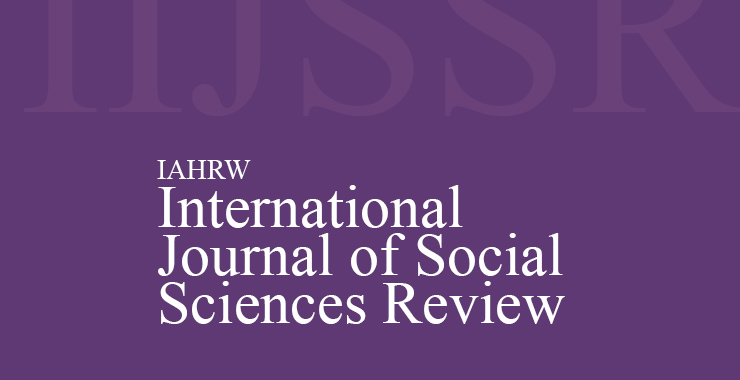A Twist to Pedigree: Commitment without Ceremony
Original price was: ₹ 201.00.₹ 200.00Current price is: ₹ 200.00.
Page: 204-209
Preeti and Poonam Malik (Department of Human Development and Family Studies,
Chaudhary Charan Singh Haryana Agricultural University, Hisar, Haryana)
Description
Page: 204-209
Preeti and Poonam Malik (Department of Human Development and Family Studies,
Chaudhary Charan Singh Haryana Agricultural University, Hisar, Haryana)
Marriage offered societal permission to two people of the opposite sex’s sexual relationship and allowed them to live together as partners and start their own family. On the other hand, live-in relationships, which are seen as an outcome of Westernization, also hold strong roots in Indian society, an easier alternative to marriage. A live-in relationship has no legal definition, but it can be defined as residential cohabitation between mature unmarried couples. In India, concept of live-in relationships goes back in the past to the Vedic period. For many couples, testing compatibility is becoming a necessity before committing to a legal relationship. Nowadays, we can see the degradation of moral values and emotional bonding among partners. It could be due to the reason that people are becoming more materialistic, particularly the younger generation. Freedom of choice, compatibility check, career orientation, mutual respect, and other factors all encourage couples to enter into a live- in relationship rather than marry. No person is willingly prepared to take up the responsibilities of their partner for their entire life. In the initial stages, a live-in might seem like a stress-free relationship with no legal requirements, but it also has its own complexities and legal liabilities as any other relationship. Recently there have been attempts to include it in the scope of legislation. As live-in culture is becoming more common in India, in many cases, the Supreme Court has issued many recommendations regarding maintenance, property, and a child’s legal status. However, this concept is still not fully accepted by society because marriage as an institution is strongly rooted in culture and religion. The main role of this article is to unfold the understanding of live-in relationships through secondary resources. Difficulties and challenges faced by couples were studied using descriptive and analytic methodology.

